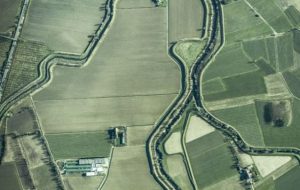Alternative energy sources in maritime transport
Maritime transport has traditionally relied on fossil fuels, but alternative energy sources are becoming increasingly important because of their potential to reduce greenhouse gas emissions and improve air quality. Some alternative energy sources that can be used in maritime transport include:
Biofuels
Biofuels are alternative energy sources produced from renewable organic materials such as vegetable oils, animal fats, and waste. They are being explored as a potential alternative to traditional fossil fuels in maritime transport due to their lower carbon footprint and their ability to reduce greenhouse gas emissions.


 First and very important, is the pre-development stage. This is that phase of the projects in which, after confirming the availability of the grid in an area, the people appointed by the company to find land, look for suitable fields and large pieces of land for the development of photovoltaic and wind projects. Once the necessary land is found, then the company’s experienced team of engineers undertake the necessary inspections. This involves environmental, topographical and archaeological checks in order to confirm the suitability of the land. The last step in the pre-development stage is the legal control on each private or public piece of land.
First and very important, is the pre-development stage. This is that phase of the projects in which, after confirming the availability of the grid in an area, the people appointed by the company to find land, look for suitable fields and large pieces of land for the development of photovoltaic and wind projects. Once the necessary land is found, then the company’s experienced team of engineers undertake the necessary inspections. This involves environmental, topographical and archaeological checks in order to confirm the suitability of the land. The last step in the pre-development stage is the legal control on each private or public piece of land.